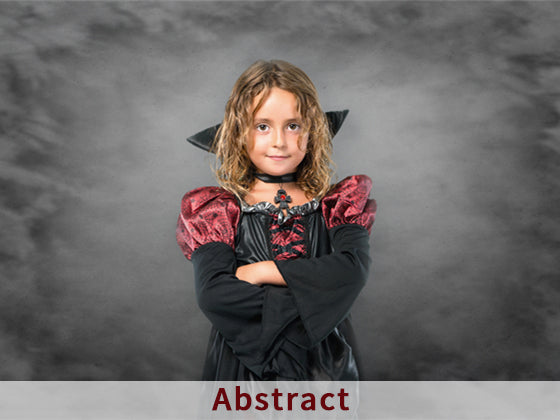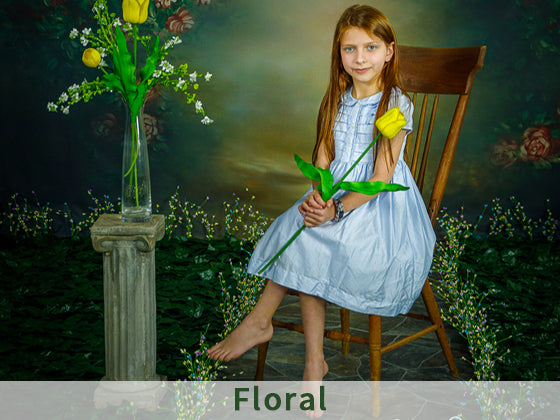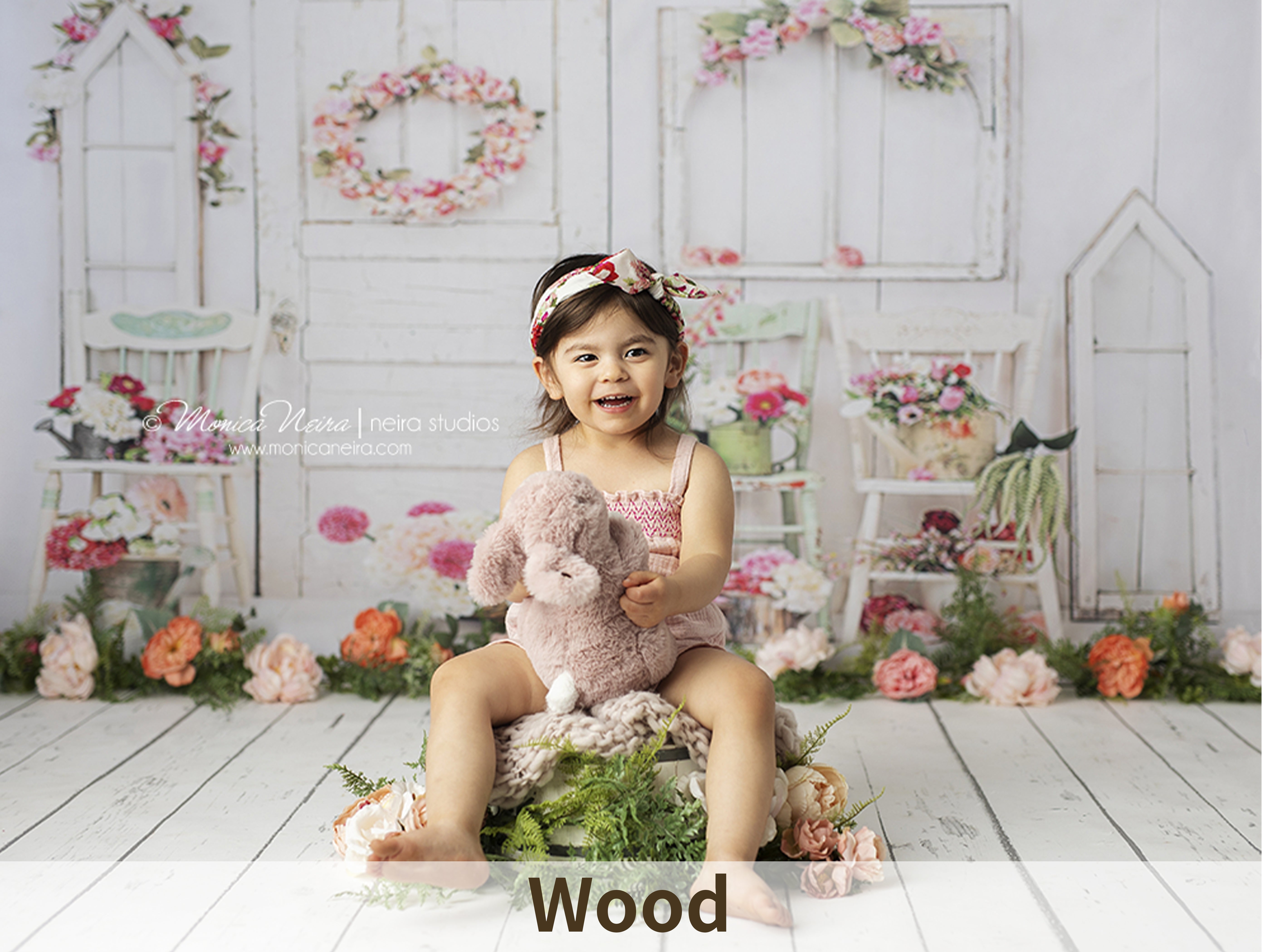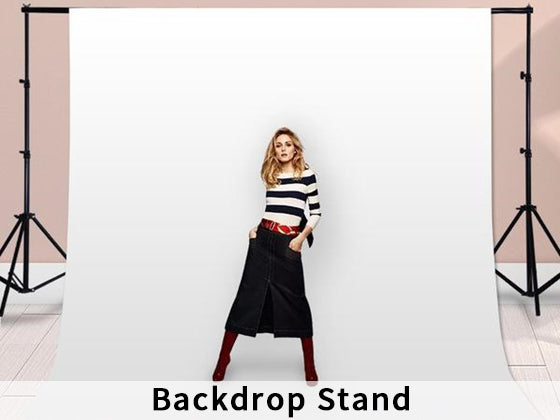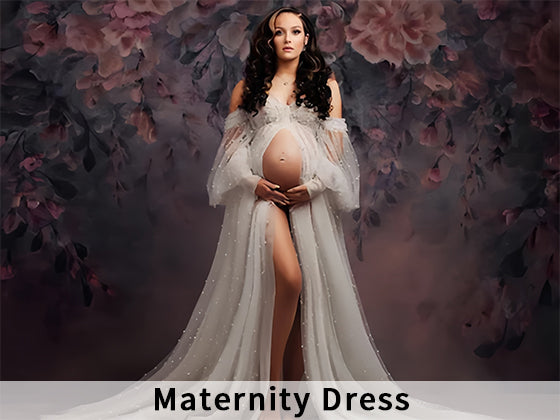Whether you are an amateur photographer or a professional one, there are moments when your photography skills get tested. One of those moments is when people ask you for self-portrait photography skills. Portrait photography is the art of capturing the inherent character of the subject with a photo. This article will tell how to master the art of portrait photography.
Exposure Compensation
When shooting light-skinned portraits, a common problem is that the portraits are underexposed. Especially when taking full-face photos or when there is a lot of white in the scene, you will notice this. To use the aperture priority mode to brighten the subject, you can try exposure compensation, +1 forward exposure compensation to brighten subjects’ faces.
Aperture Value
When shooting portraits, it is best to set a larger aperture (near f/2.8-f/5.6) for a shallow depth of field, making the background behind the subject become beautifully blurred (this will make the subject more prominent). Shoot in aperture priority mode to control the depth of field; in this mode, the camera will set the shutter speed to obtain the correct exposure. Good-quality portrait lenses usually have a larger maximum aperture value (f/1.4 to f/2.8) to make the background more blurred.

Exposure Setting
When setting the shutter speed, please pay attention to the focal length of the lens, otherwise unstable camera position will become a problem. Ensure that the shutter speed is faster than the effective focal length of the camera. For example, at 200 mm, use a shutter speed of 1/250 s or faster. This also means that when using a wide-angle lens, such as 1/20 s and a focal length of 18 mm, you can use a slower shutter speed.
Increase ISO
To avoid these problems and prevent blurring, a slower shutter speed should be used, which will also help ensure a clear image and avoid camera shake. In aperture priority and wide aperture modes, to increase the shutter speed, just increase the ISO (for example, from ISO 100 to ISO 400). In low light conditions (indoors and outdoors), you can increase ISO to 800, 1600 or even 3200.

Lens Selection
The choice of lens has a great influence on portrait photos. The wide-angle lens (about 18 mm) has a wider angle of view, so the photographed environment around the subject will be more. The telephoto lens (more than 70 mm) has a narrower angle of view and less surrounding environment appears in the frame. Remember that the focal length also affects the depth of field. Compared with a telephoto lens, a wide-angle lens can capture a greater depth of field. This is why telephoto lenses are more suitable for portrait lenses than wide-angle lenses.
Camera Focus
When using a large aperture (especially f / 2.8), the depth of field will be drastically reduced, and it is very important to always maintain the same focal length; otherwise, you may lose focus on certain facial features. In a photo with a "narrow" composition, place the focus on the eyes, and to manually perform spot focusing, select a single auto focus point (AF) mode.
A good way to set the center AF point: press the shutter button halfway to focus on the eyes/head, and change the position of the subject (so that it is no longer in the center of the frame) until the button is fully pressed.

Creative Composition
As Darren Rowse wrote in 10 Ways to Take Stunning Portraits, “there are a lot of ‘rule’ out there when it comes to composition and I’ve always had a love hate relationship with them. My theory is that while they are useful to know and employ that they are also useful to know so you can purposely break them–as this can lead to eye catching results.
The Rule of Thirds is one that can be effective to break–placing your subject either dead centre can sometimes create a powerful image–or even creative placement with your subject right on the edge of a shot can sometimes create interesting images. Another ‘rule’ that we often talk about in portrait photography is to give your subject room to look into. This can work really well–but again, sometimes rules are made to be broken.
Choose the Perfect Background
In portrait photography the background is just as important as the subject. A distracting background will take attention away from the person in your photo. Usually for portrait photography you’ll want a neutral, uncluttered background that won’t distract the viewer from your portrait subject. Solid color backdrops or abstract textured backdrops will be perfect for portrait photography. If you want to know more about portrait photography backdrop, please read the blog Right Backdrop Color for Portrait Photography I’ve posted previously.

Check out Dbackdrop Blogs for more photography tips.
For more updates and information from: https://www.dbackdrop.com/
Darren Rowsethe editor and founder of Digital Photography School. He lives in Melbourne Australia and is also the editor of the ProBlogger Blog Tips. Follow him on Instagram, on Twitter at @digitalPS. |

